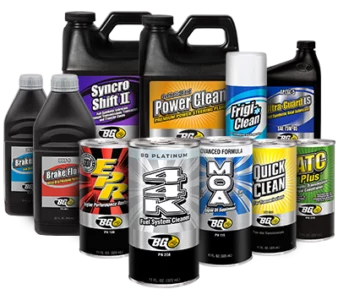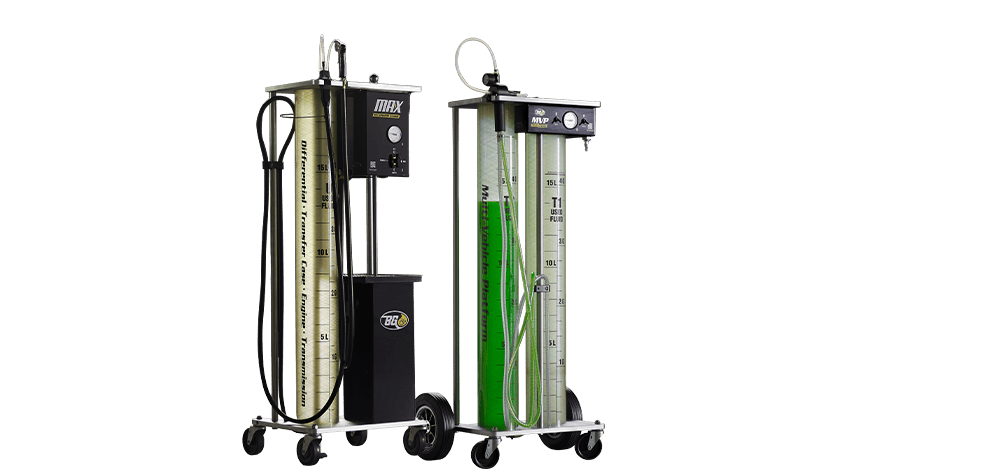"While chicken soup may be good for your soul, the science for chicken fat in your fuel tank is shaky"
Mike Belluomo, BG’s Product Technical Service Manager. Tweet
Baby Steps
Vegi-Fuel
Today’s better-known alternative fuel is ethanol, specifically E 85 that some newer Flex-Fuel vehicles such as the Ford Explorer/Mountaineer are designed to use. The benefits of E-85, derived from corn, other high-starch crops and cellulose, are: fewer toxic emissions, cleaner engines, reduced national dependency on foreign oil and more money for U.S. farmers, says Underhood Service. “Ethanol has been around for years but it is no be-all, end-all,” Mike says. Underhood Service points out that E-85 delivers nearly 30 percent less fuel economy and is corrosive to fuel systems. For more information, check out “Getting Tanked” by Glen Beanard in the February 2006 issue of Underhood Service, or at www.underhoodservice.com.






